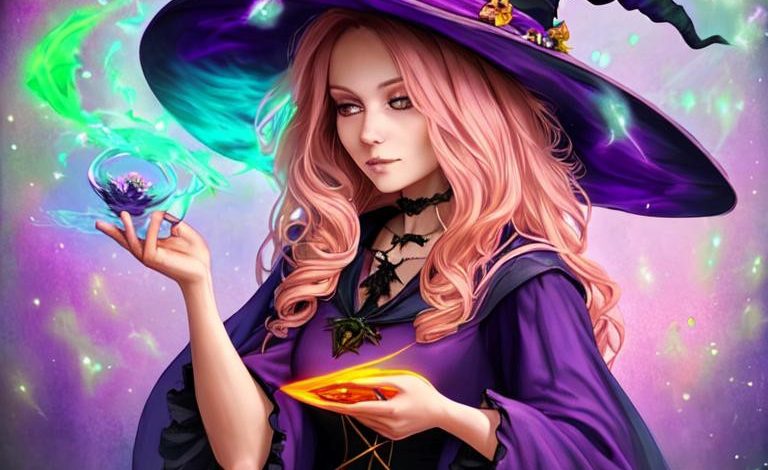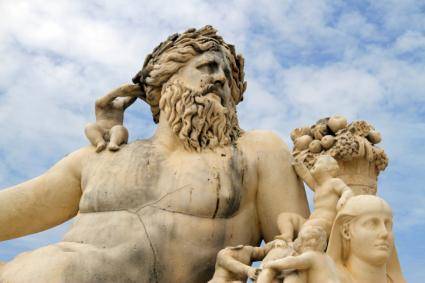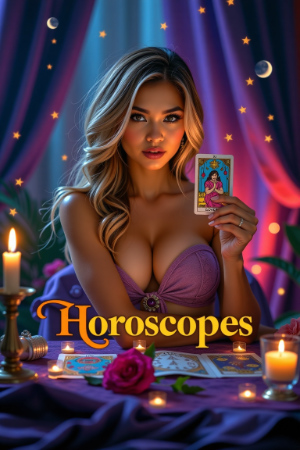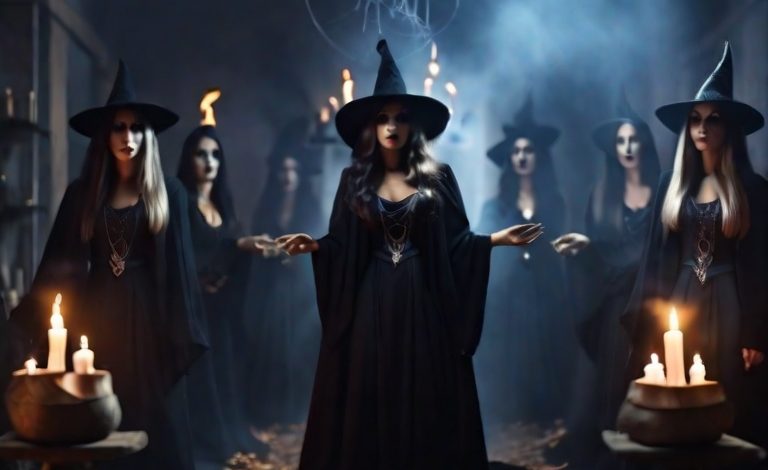
The ancient and universal practice of chanting is a repetition of sacred or magical words, names, phrases and spells to alter consciousness and raise psychic power. It can be done in conjunction with drumming, the ringing of bells, visualisation and dancing, it is done to align the human consciousness with the realms of spirits and gods, and to intensify magic, meditation and healing. Chants range from a simple melody involving a limited set of notes, to highly complex musical structures. Chanting a mantra, sacred text, is a commonly used spiritual practice and considered a route to spiritual development, the term mantra means to protect the mind.
Tibetan Buddhist chant involves throat singing, where multiple pitches are produced by each performer, and Tibetan monks are particularly skilled at throat singing. The concept of chanting 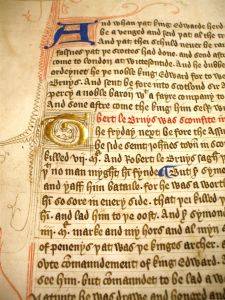 mantras is of particular significance in many Hindu traditions and other closely related Dharmic Religions. The Hare Krishna movement is based especially on the chanting of Sanskrit Names of God in the Vaishnava tradition. Buddhists chant on a daily basis as part of their spiritual journey, although it is not considered a prayer in Buddhism, they believe the body as well as the soul benefits from chanting.
mantras is of particular significance in many Hindu traditions and other closely related Dharmic Religions. The Hare Krishna movement is based especially on the chanting of Sanskrit Names of God in the Vaishnava tradition. Buddhists chant on a daily basis as part of their spiritual journey, although it is not considered a prayer in Buddhism, they believe the body as well as the soul benefits from chanting.
Shamans chant power songs that have been passed down through generations, this is done to achieve an altered state of consciousness for healing or divining. Each chanted song has a different purpose, they are very short and powerful refrains. Curing chants are very important in Navaho ceremonies, they are long and include myths about how chants were performed originally by deities or supernatural beings.
Chanting raises the level of vibration in the body, as the body responds to the sounds of chants. A trigger is activated in the mind and body through the repetitive sound, which the entire being responds to, the mind calms opening you to divine inspiration. Rhymes, charms, phrases, or sacred words derived from various spiritual traditions are used to create chants.
Since ancient times chanting has been a significant part of magical rituals, and in ancient Greece female sorcerers howled their magical chants. Chanting was a necessary part of the magical workings of sorcerers and magicians. Folk witches chanted their charms, and contemporary witches chant the names of deities to invoke their energies. In Wicca a ring dance is performed while chanting in order to raise the power
Chanting releases cosmic forces that penetrate deep into the consciousness, down to the cellular level. Through repeated chanting of the name of a god or goddess, a person is aligning with the deity’s consciousness, then imbuing that consciousness into their being. When spellcrafting the power is raised, as the spell (a desired goal or outcome) is chanted. For magical purposes, chanting sends energy to the spiritual realm in order to manifest change in the physical realm.
Chanting is used for spiritual enlightenment, healing and connectedness, and to open a portal to other realms in order to manifest that which is desired in the physical realm, most practitioners of magic use chanting to raise the energy while they work. In group meditations, religious gatherings and covens, chanting is a way of raising the spiritual energy and heightening awareness. One of the most popular and widely used chants is Om, considered the most spiritual and sacred of all chants.

